
Salty Sam’s Fun Blog for Children
Number 173
Mediaeval Banquets
Hello Everyone

Bill and Bob love cooking; they love eating even more.
This week, they were learning about the Mediaeval Era in one of their favourite subjects; history. They were especially impressed by the way the people in those times enjoyed eating big meals.
Mediaeval banquets were important feasts arranged to celebrate holy days, New Year’s Day and important events like coronations or weddings.
They were also held to celebrate a harvest or a jousting tournament.
These kinds of feast lasted well into the Elizabethan Era.
The seating arrangements were carefully organised so that the most important people sat at the top table and the humbler guests sat a distance away – and probably had less expensive food as well.
Scores of people could all be eating in one vast hall, often at a ‘u’ shaped table. People of all ranks were included to show that all people in the manor (local area) were important.
Some of the things they ate we would recognise today like roast meat, poached fish, rice, vegetables, salad, pastries and jellies. But what is staggering was the number of dishes available for each course; maybe over twenty to choose from.
The first course could be some kind of soup or pottage (which was a thick soup).
Dishes were flavoured with lots of different herbs, spices, garlic and were often dyed bright colours using food dyes.
The dessert courses would be egg custards, tarts, cheese and fruit.
People ate with knives, spoons and their fingers. There were no forks to use at table at this time, but each guest would be given bread to pick up bits of food.
The important people were given the ‘upper crusts’ and the less important people were given the lower part of the loaves that had been resting on the oven floor (the bottom part might have got a bit burnt).
The diners used something called a trencher instead of a plate. This was a hollowed out circle of bread. lf they were very rich, they could have had pewter plates and tableware as well. Pewter is a kind of dull, silver-coloured metal.
There was no ovenware, so food baked in an oven was encased in pastry. The pastry was a basic flour and water mix used to make a pie case. The top was taken off the pie, the food was eaten from inside and the case was discarded. Pies like this could be sold on the street; it was the ‘fast food’ of the day.
People didn’t drink water in these times because they couldn’t be sure it was clean. So they would drink wine made from grapes if they could afford it, or maybe blackberry wine, fruit juices or cider; but what they drank mostly was ale and beer. Ale was an alcoholic drink which was made from barley. Beer was ale with hops added to it.
Gin was made from mulberries and mead was made from honey. Cider was made from apples.
Even the children drank beer, but it wasn’t as strong as beer is today. The children were given what was called ‘small beer’ which was the weakest part of the brew.
ln fact, in the 14th century, children were even baptised with cider because it was cleaner than water.
Food dishes were displayed in very elaborate ways and many people worked in the kitchens to prepare them. The dishes were brought to the table with covers on them to keep them warm on the journey from the kitchen where most of them had been cooked on an open hearth. The roasts might be cooked in the hall with the diners.
Many of the dishes we don’t see today, like: heron, swan, peacock, wild boar, blackbirds, pigeon, hare, goat, seal and pike.
The peacock’s skin could be removed, rebuilt into a peacock shape by putting it over a supporting wire frame, and put back over the roast or pie to make the most spectacular display.
Of course we have foods today that they didn’t have then, like: potatoes, tomatoes, pineapples, bananas and avocados. This is because they grew in other countries far away and the practice of importing them had not begun yet. Of course, European mediaeval people didn’t even know that those countries existed because nobody had discovered them yet.
People also used to eat flower petals, and they used real gold leaf to decorate their sweets and puddings – yes they did eat it.
Gold leaf was made by hitting pieces of gold many times. Coins of gold were put between sheets of leather to keep them in place and then hammered until they were worked into an extremely thin layer. This gold leaf was light and wispy and difficult to handle, so it was applied to dishes with the tip of a feather.
Once eaten, the gold would just go through a person’s body; it would not have been absorbed by their digestive systems like food is.
Chefs made elaborate sugar sculptures in the shape of castles or statues. lt was important that these cooks should use as much imagination as they could to create a spectacle that his lord could be proud of.
There was a vast array of dishes before the family and guests to choose from, and sweet and savoury dishes would be served together.
All of this theatre was created to show off the wealth of the host. lt would take days to prepared one meal. There was very little machinery or gadgetry to help; almost everything had to be done by hand.
The entertainment at the feast would consist of jugglers, minstrels (musicians), jesters (comedians) mummers (actors).
Dancing would often follow so that people could mix and socialise more easily than they could at the meal table.
Mediaeval banquets are still held today. People can dress up in mediaeval costume and book their place at the table.
Have you ever dressed up in historical costumes?
Bye bye everyone – don’t forget to subscribe to my blog!
lf you like my blog, please support it by telling all your friends and followers about it.
Thank you!
And see you again next Fun Friday!
Love and kisses
Salty Sam

www.christina-sinclair.com


Bill and Bob’s Joke of the Week![]()
![]()
Bill: Did you hear about the vampire comedian?
Bob: No?
Bill: He specialised in biting satire!

Salty Sam © Christina Sinclair 2015
Unauthorized use and/or duplication of material from this blog without express and written permission from this blog’s author and owner is strictly prohibited.
Links may be used to www.christina-sinclair.com

Picture Gallery
 The tables were very often in a ‘u’ shape
The tables were very often in a ‘u’ shape

A jousting tournament

A trencher

Mulberries

A pike

Gold leaf on a pudding

Jugglers

A minstrel

A jester

Mummers dressed up
 Henry VIII’s kitchens were built primarily to roast meat – turning meat on these spits was definitely a strong man’s job
Henry VIII’s kitchens were built primarily to roast meat – turning meat on these spits was definitely a strong man’s job
and this is where the saying ‘done to a turn’ comes from to describe a dish being cooked to perfection
 The chimney breast is blackened by soot from the fire and the roof in the kitchen is very high to allow air to circulate and take the fierce heat upwards and away from the people working in the kitchens –
The chimney breast is blackened by soot from the fire and the roof in the kitchen is very high to allow air to circulate and take the fierce heat upwards and away from the people working in the kitchens –
the walls would be frequently whitewashed to create more light in the kitchens
as the cooks worked into the evening
 Food was baked in pies because there was no oven ware at the time
Food was baked in pies because there was no oven ware at the time
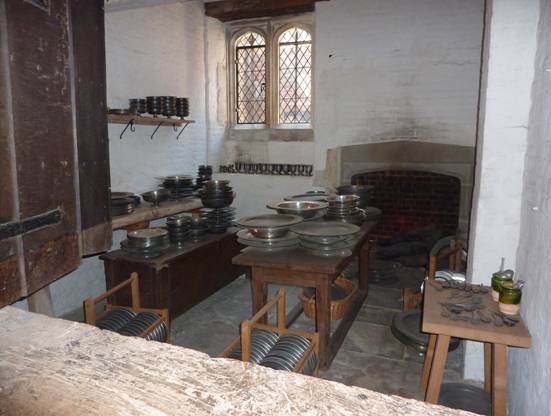
A store of pewter table ware

It is said that peacocks did not taste particularly nice and they were chewy
but the rich ate them because they were quite difficult to obtain
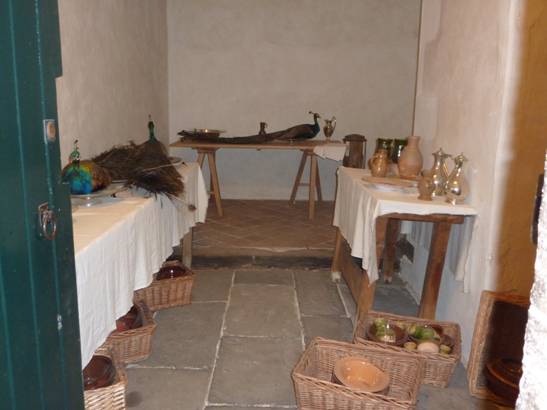
Sweets were prepared to finish off a meal
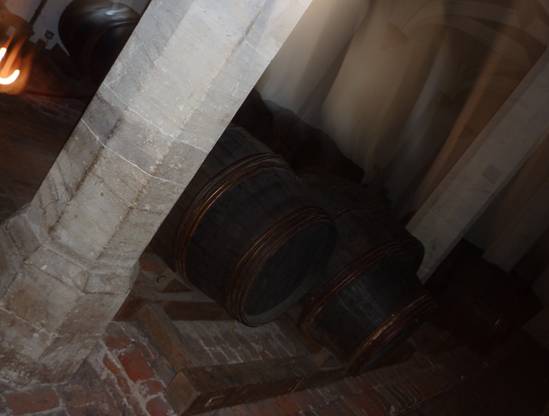 Wine was stored in barrels in cellars
Wine was stored in barrels in cellars
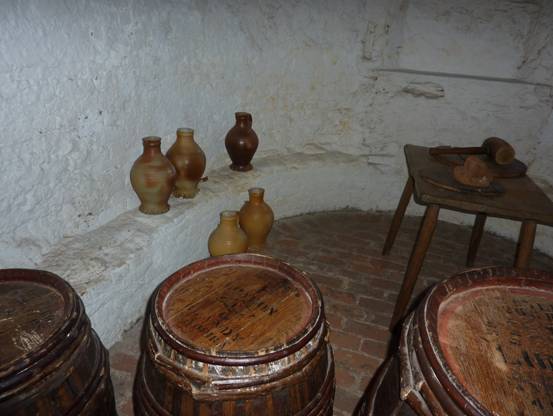 Wine was transferred from the barrels to serving jugs to be taken to the table
Wine was transferred from the barrels to serving jugs to be taken to the table
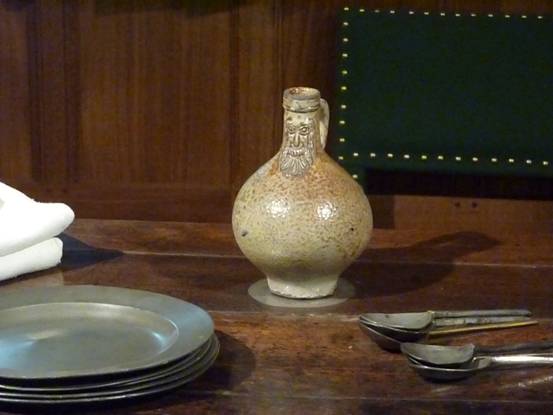
Children were given ‘small beer’ – this was very weak beer
It was served from jugs at table
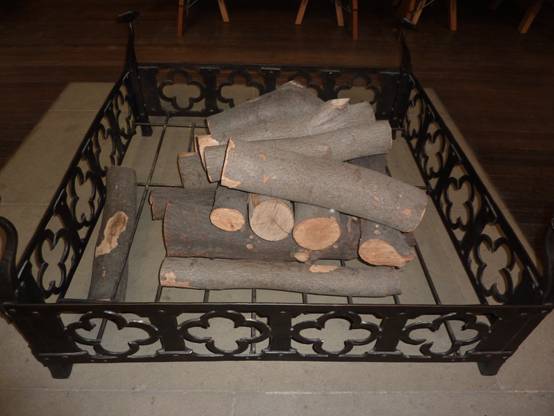
Fires in mediaeval times were situated in the centre of the room
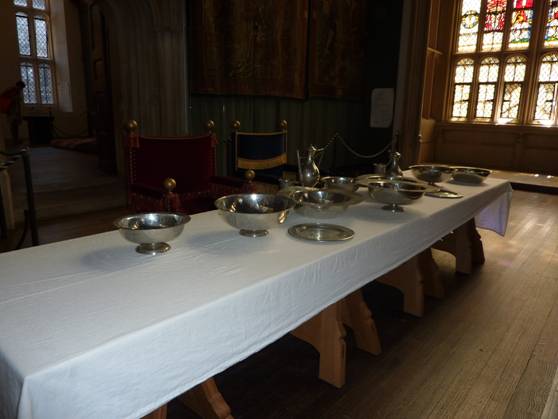
The most important people sat at the top table


 THE SALTY SAM NEWS DESK
THE SALTY SAM NEWS DESK

One of Bill and Bob’s favourite desserts (apart from Auntie Alice’s home-made ice cream) is chocolate mousse.

I said mousse not mouse! ![]()
It is so easy to make that they can make it themselves now – which means there is always plenty to eat when they make it.
Here is their recipe:-
NEWSDESK MINIMAKE
CHOCOLATE MOUSSE
INGREDIENTS
90g (3½ oz) plain chocolate
50ml (2fl oz) milk
200ml (7fl oz) whipping cream
METHOD
Melt chocolate in a bowl over a pan of hot water
Boil milk then whisk into chocolate
Leave mixture to cool
Whip the cream until softly stiff
Fold three quarters of the cream into the chocolate mixture
Spoon the mixture into serving dishes and put into the fridge to chill
After about half an hour decorate the tops with a dollop of the remaining cream and some grated chocolate, chocolate buttons, chocolate sprinkles or crumbled chocolate flake bar
Leave in the fridge until dinner time
*You may need permission to use a stove and be careful of graters they are sharp.
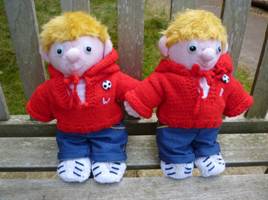

*********************
TO ADVERTISE ON THIS BLOG
PLEASE CONTACT:
christina.sinclair.ads@aol.co.uk
*********************


Quick Quiz
Do you know what these phrases mean?
- a baker’s dozen
- that’s they way the cookie crumbles
- a piece of cake
- full of beans
- small beer
- to take the biscuit
- to spill the beans
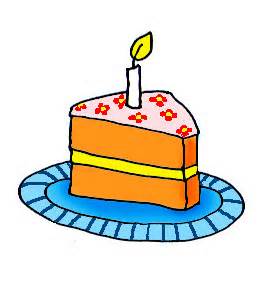

BLOW MY FOGHORN!!!

PLUS
Salty Sam fans can join in with their comments and share them with children all over the world. You will need to ask permission if you are not an adult.
Enter your e-mail address to subscribe to my blog and receive new Salty Sam Blog Posts for free by e-mail every week. Your address will be kept private and will not be shared with any third party.
Sign me up at the side bar




lt’s the weekend!
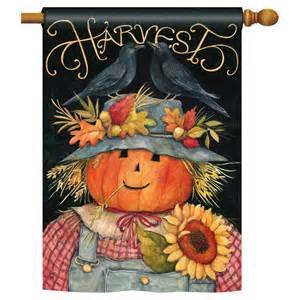
HOW TO MAKE A PUDDlNG BAUBLE
Cut out the individual parts from coloured felt

2 brown puddings
2 white cream tops
2 clumps of red berries
4 green holly leaves

TIP
When cutting out very small shapes cut into them from the outside as you move around them rather than trying to cut around them.
- Using very small over-sew stitching or blanket stitching sew around the brown pudding leaving a finger width unstitched – leave this gap at the bottom.
- Sew the red berries to the top of the white cream top and add white French knots (by winding some embroidery thread five times around your needle) to create a shine on each berry.
- Attach the ends of a length of narrow ribbon or cord (about 20cm) to the top of the pudding to create a hanging loop.
- Sew along the cream top attaching it to the pudding at each end as you go (making sure that the cord is positioned in the centre of the top) – there is no need to sew along the bottom of the cream.
- Sew around the tops of the leaves and attach the bottoms to each side of the pudding.
- Stuff the pudding very lightly from the bottom and sew up the final part of the pudding.
TIP
If you think that making the holly decoration will be too difficult for you, you can decorate your pudding with a bow instead.


Please note that the material on this blog is for personal use and for use in classrooms only.
It is a copyright infringement and, therefore, illegal under international law to sell items made with these patterns.
Use of the toys and projects is at your own risk.
©Christina Sinclair Designs 2015


Quick Quiz Answers
- a baker’s dozen – 13
- that’s they way the cookie crumbles – it’s just what one would expect to happen, it’s just the way life works out
- a piece of cake – easy to do
- full of beans – full of energy
- small beer – something unimportant
- to take the biscuit – something particularly bad or annoying
- to spill the beans – to give out secret information to someone
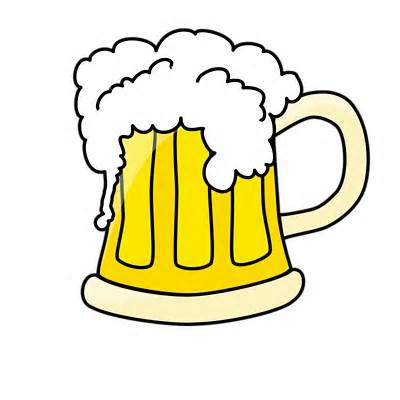

For an Embroidery Stitches Chart
Check out Blog Post 3

